Unmatched Durability: The 5052 H32 Aluminum Sheet for Truck Fender Deserves!
Truck fenders face a lot: rocks, mud, salt spray, brush, and the constant vibration of a day on the road. If you’re hunting for a material that blends toughness, formability, and corrosion resistance, the 5052 H32 aluminum sheet stands out as a standout choice.
This article dives deep into why this specific alloy and temper are exceptionally well-suited for truck fenders, how to choose the right thickness, how to work with it in fabrication, and how to maintain it so your fender stays strong and attractive for years.
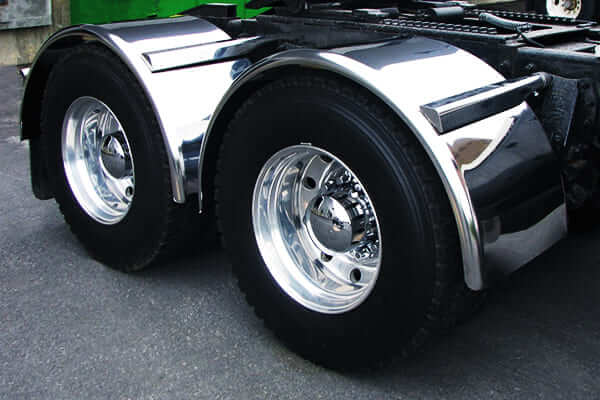
What makes the 5052 H32 aluminum sheet for truck fender
Aluminum has become a staple in modern truck design and aftermarket components due to its favorable combination of weight, strength, and resilience.
The 5052 aluminum sheet is part of the magnesium-containing 5xxx series, which is well-regarded for its corrosion resistance and good weldability.
The H32 temper means the sheet has been strain-hardened to a specific level and then stabilized, providing a reliable balance between strength and ductility.
Here’s what makes 5052 H32 stand out for fenders:
- Durability without added weight: A 5052 H32 sheet offers robust performance while keeping weight lower than steel. This translates to better vehicle handling and fuel efficiency, especially when you replace a heavier stock fender with a precise aluminum fit.
- Excellent corrosion resistance: The 5xxx family excels in marine and road-salt environments. For owners in winter climates or coastal regions, the corrosion resistance of 5052 H32 helps your fender stay pristine longer.
- Superior formability: The H32 temper delivers a practical level of strength without sacrificing the ability to bend, stamp, or form the fender shape. This is critical for custom-fit fenders and aftermarket panels.
- Weldability and repairability: MIG and TIG welding of 5052 H32 is straightforward when you follow best practices. Repairs and patchwork stay feasible, reducing downtime if a panel takes a hit.
- Impact and scratch resistance: While no sheet is invincible, 5052 H32 shows good resistance to minor dents and scratches in typical road debris scenarios, especially compared with thinner unalloyed aluminum or lower-strength options.
In practical terms, truck owners who want a durable, long-lasting, and easily repairable fender material often land on 5052 H32 as a practical sweet spot between performance and cost.
The following sections will unpack how to maximize that advantage in real-world use.
The chemistry and mechanics behind 5052 H32
To appreciate why this combination works so well, let’s demystify the alloy and temper terminology a bit.
- Alloy 5052: This alloy is magnesium-dominant, which is key to its corrosion resistance and good formability. Magnesium additions strengthen the metal and improve ductility, making it kinder to bending and shaping operations.
- H32 temper: The H family covers strain-hardened tempers. H32 indicates the sheet has been strain-hardened and stabilized to a level that provides a balanced set of properties. In practice, H32 yields reliable strength while preserving formability. It means you can shape the fender to a precise contour and still maintain structural integrity after shaping and mounting.
From a mechanical point of view, you can expect:
- Moderate-to-strong yield strength, depending on thickness and exact production batch, in a workable range for automotive panels.
- Good ultimate tensile strength with the tendency to elongate under stress rather than crack abruptly, providing a bit of “give” under impact rather than a brittle failure.
- Consistent performance across a range of temperatures, which matters for trucks that operate across different climates and seasons.
These mechanical traits translate into a fender that can absorb minor impacts, resist deformation from everyday road hazards, and resist corrosion from moisture, salt, and road grime.
The practical upshot is fewer dents, less rust, and longer service life for a fender that protects the wheel well and helps maintain your vehicle’s overall appearance.

Why 5052 H32 is a smart choice for truck fenders
Choosing the right material for a fender is about balancing several factors. The 5052 H32 aluminum sheet checks many of the boxes:
- Weight reduction that preserves handling and fuel economy
- Reliability across road conditions and weather
- Compatibility with common fabrication and repair methods
- Resistance to corrosion especially in salt-lused environments
- Flexibility to create custom shapes for aftermarket or DIY builds
Moreover, 5052 H32’s performance translates into a practical, repeatable manufacturing process.
Whether you’re fabricating a replacement panel, building a fender flare, or installing a protective bumper fender, you can count on consistent sheet quality, predictable bend radii, and smooth surface finishes after trimming and deburring.
Below are key value-driving strengths to guide your decision:
- Strong enough to deflect small debris with less permanent deflection than typical soft metals
- Highly workable with standard metalworking tools, making it accessible for shops and DIYers
- Excellent for laser cutting, punching, and forming without excessive work-hardening or cracking
- Good patchability — if you damage the fender, you can often repair or replace only the affected area
For many truck owners, these combined benefits culminate in a fender that looks great, performs reliably, and can be replicated consistently across a fleet or a personal build.
How 5052 H32 performs in real-world scenarios
No material survives the road without some resilience tested. Here’s how 5052 H32 stands up in daily use:
- Salt spray and moisture: The corrosion resistance shines in salted road conditions and coastal environments. It’s easier to maintain than steel in these settings, with less risk of rust creeping into joints, edges, and fasteners.
- Debris and impact: While heavy impacts can dent any metal, 5052 H32 offers a forgiving response to minor impacts such as pebbles kicked up by tires or brush on rural trails. Its ductility helps it absorb some energy rather than crack.
- Temperature variations: Aluminum remains tough across a broad thermal range. For trucks that see cold winter starts and hot summer days, this stability helps maintain the fender’s shape and fit.
- Vibration and fatigue: The welded assemblies and formed shapes in a fender rely on a stable temper. The H32 condition helps reduce, but not eliminate, springback after bending, while resisting fatigue during long highway drives.
In practical terms, you’ll experience a fender that holds its contour, resists corrosion after seasons of weather exposure, and remains easy to repair if minor dings occur. This translates to better resale value and longer-lasting aesthetics, which many drivers consider a top priority.
Fabrication and installation: working with 5052 H32
When you’re fabricating or installing a 5052 H32 aluminum fender, the process and technique will significantly influence the final outcome.
Here are practical guidelines to help you get predictable, high-quality results.
Cutting and shaping
- Tools: Use standard metal-cutting tools such as a shear, jigsaw with a metal-cutting blade, or a CNC plasma cutter. For precision, laser cutting or waterjet can yield the cleanest edges.
- Edge quality: Expect slightly softer edges that may burr if cut aggressively. Deburring and light sanding after cutting helps achieve a clean finish.
- Bending radii: Plan for bend radii that accommodate the material’s ductility. A larger bend radius reduces the risk of cracking and maintains a smooth contour along fender flares and mounting lines.
Welding and joining
- Welding processes: MIG (GMAW) and TIG (GTAW) welding are common. For 5052 H32, avoid overheating to limit work-hardening and distortion.
- Filler selection: A widely used approach is to use a filler compatible with the base alloy and temper, or to weld with 5356 or ER5356 filler in many cases. Always test a sample piece to confirm weld integrity and appearance.
- Post-weld care: Lightly heat-treating or stress-relieving is rarely required for aluminum in hobbyist contexts, but proper cooling is essential to minimize distortion.
Forming and shaping
- Springback: Expect some springback after bending, especially for more complex fender shapes. Plan for this by adjusting dies and using appropriate clamping during forming.
- Tooling: Use padded dies or forming blocks to avoid marking the surface. A satin or bead blast finish can help hide small blemishes that occur during forming.
- Surface finish: 5052 H32 responds well to standard finishing techniques, including e-coating, powder coating, or clear coating. Pre- and post-processing steps help maximize corrosion resistance and appearance.
Joining to other components
- Fastening options: Aluminum fenders often use bolts, rivets, or set screws. Ensure compatible hardware to avoid galvanic corrosion when dissimilar metals are present.
- Sealants: Use automotive-grade sealants or gaskets to prevent water intrusion at mounting points and along edges, preserving long-term corrosion resistance.
In short, 5052 H32 is friendly to standard fabrication workflows. Whether you’re a professional shop or a DIY enthusiast, you’ll find that the sheet responds well to common automotive manufacturing processes, producing dependable, high-quality results.
How to choose the right thickness for your 5052 H32 truck fender
Thickness is a core decision that influences strength, weight, impact resistance, and formability. Here’s a practical framework to guide your selection:
- Light-duty or cosmetic fenders: 0.040″ to 0.063″ (1.0–1.6 mm). This range provides a thin, lightweight option with adequate protection for lighter-duty use and aesthetic purposes.
- Moderate-use off-road or heavy-duty fenders: 0.063″ to 0.090″ (1.6–2.3 mm). This band delivers stronger impact resistance and better durability for trucks used in rough terrain.
- High-impact protection and rugged applications: 0.090″ to 0.125″ (2.3–3.2 mm). When you expect frequent contact with obstacles or aggressive use, this thickness offers enhanced stiffness and resistance to deformation.
Table: Rough guide to thickness, weight, and typical use
| Thickness (inches) | Thickness (mm) | Approx weight per ft^2 (lb) | Typical use |
|---|---|---|---|
| 0.040″ | 1.0 | ~0.56 | Cosmetic, light-duty fenders |
| 0.063″ | 1.6 | ~0.89 | Standard duty, street and light off-road |
| 0.090″ | 2.3 | ~1.26 | Heavy-duty off-road, mudding |
| 0.125″ | 3.2 | ~1.75 | Extreme protection, heavy use |
Notes:
– The weight per square foot is a helpful reference when estimating total panel weight for a fender. For a typical fender area of, say, 6–8 square feet, multiply the per-square-foot weight by the area to estimate weight difference.
– Availability varies by supplier and by region. Always confirm thickness and temper with your metal supplier before ordering, especially if you’re matching an OEM fender.
What governs your choice most often is the expected service life and the environmental exposure.
If you’re building a fender for a weekend warrior who will see occasional mud but also long highway trips, a mid-range thickness around 0.063″ to 0.090″ often yields the best balance.
If you’re in a harsh environment or you want maximum longevity with fewer dents and dings, a thicker 0.090″ to 0.125″ panel makes sense.
Practical considerations: fitment, mounting, and finish
A great 5052 H32 fender not only looks sharp but fits properly and resists corrosion in the long run. Here are practical steps to ensure a precise fit and a durable finish:
- Accurate templates: Start with precise templates or CAD drawings. Because fenders must align with wheel openings, the more accurate your cutouts, the less post-processing you’ll need.
- Edge treatment: Deburr edges and consider edge-finishing options to reduce the risk of cut injuries during handling and installation.
- Surface preparation: Clean the surface thoroughly before finishing. Use a compatible degreaser and remove any oils or contaminants that could hinder coating adhesion.
- Coatings: If you want maximum protection, consider powder coating or a high-quality automotive paint system designed for aluminum. A clear coat can help preserve surface appearance and resist UV damage.
- Mounting hardware: Choose hardware that minimizes galvanic corrosion. Stainless steel or aluminum hardware with appropriate sealants can extend the life of joints.
- Sealing and drainage: Ensure good drainage at edge joints to prevent water pooling and potential corrosion initiation at seam lines.
With proper fitment and finishing, your 5052 H32 fender will look sharp and hold up under demanding conditions for years to come.
Comparisons: 5052 H32 versus other common materials
To help you visualize the trade-offs, here is a concise comparison with a few common materials used for truck fenders:
- 5052 H32 aluminum sheet
- 6061-T6 aluminum
- Mild steel
- Stainless steel
Table: Quick material comparison for truck fenders
| Property | 5052 H32 Al | 6061-T6 Al | Mild Steel | Stainless Steel |
|---|---|---|---|---|
| Weight (relative) | Light | Moderate | Heavy | Moderate |
| Corrosion resistance | High | Moderate | Low | Very high |
| Weldability | Easy to moderate | Good | Moderate | Good |
| Formability | Excellent | Good | Fair | Moderate |
| Cost (relative) | Moderate | Higher | Low | Highest |
| Ductility / impact tolerance | High | Moderate | Moderate | Low to moderate |
Notes:
– This table provides general guidance. Specific product grades, coatings, and manufacturing processes can shift performance.
– In rough terrain or salt spray environments, 5052 H32 typically outperforms mild steel regarding corrosion resistance and long-term maintenance.
From the numbers, you can see why 5052 H32 is a popular choice for fenders that need to stay light, resist corrosion, and be formable for custom shapes.
The trade-offs often favor aluminum, particularly in vehicles where weight saving and durability are high priorities.
Maintenance and care for long-lasting performance
Maintenance plays a critical role in ensuring the durability of the 5052 H32 aluminum fender.
A well-maintained fender resists corrosion, maintains a clean appearance, and continues to perform well across seasons.
- Cleaning routine: Use mild soap, water, and a soft cloth. Avoid abrasive cleaners that can scratch the surface. Rinse thoroughly to remove any cleaning residues.
- Protection against corrosion: If you operate in salt-rich environments or rough coastal climates, regular wash-downs help prevent salt buildup. Consider a protective coating or wax to reduce surface wear.
- Inspect for damage: Periodically inspect for dents, cracks, or edge deformation. Small dents can sometimes be repaired with panel straightening and local corrosion treatment.
- Recoating: If the surface loses its finish or shows signs of oxidation, consider re-applying paint, powder coat, or a protective clear coat. Use products compatible with aluminum and the temper of your sheet.
- Fastener check: Periodically check mounting hardware for signs of loosening or corrosion. Retighten where needed and replace any hardware that shows corrosion.
With consistent care, your 5052 H32 fender will maintain its aesthetic appeal and functional integrity.
Real-world case: upgrading a truck fender with 5052 H32
Let’s imagine a practical scenario. You own a mid-sized pickup used for weekend trips and occasional off-road adventures.
The stock fender shows minor dents from brush and a few scratches from road debris, and you’re considering an upgrade to a 5052 H32 aluminum sheet fender.
- Define objectives. You want lighter weight, better corrosion resistance, and a clean look that stands up to tough use.
- Choose thickness. You decide on 0.063″ thickness for a balance of strength and formability.
- Fabrication plan. You create a precise template, cut the sheet to shape, and plan a gas-assisted TIG weld for mounting points to minimize distortion.
- Finishing. You opt for a matte powder coat designed for aluminum to resist UV exposure and road debris.
- Installation. You mount with corrosion-resistant hardware and apply seam sealant to the joints.
After installation, you notice:
– The fender remains relatively light compared to steel equivalents, improving ride quality and fuel economy slightly.
– The coating holds up well to road grime, with easy cleaning after trips.
– The panels bend and resonate less than a heavier stock panel, thanks to the natural dampening properties of aluminum.
This scenario demonstrates how 5052 H32 can deliver real-world benefits: improved weight distribution, corrosion resistance, ease of maintenance, and a customized solution that fits your needs.
A practical guide to sourcing and verifying 5052 H32 aluminum sheet
When you’re shopping for 5052 H32 aluminum sheet, you want to ensure you’re getting what you need. Here are practical steps:
- Verify the temper and alloy: Ensure the material is 5052 alloy with H32 temper. Ask for mill test reports (MTRs) or material certificates that confirm composition and temper.
- Check thickness consistency: Confirm that the supplier can provide consistent thickness across multiple sheets. Inconsistent thickness can complicate the fender build.
- Surface finish options: Decide whether you need the sheet in a bare finish or with an as-packaged protective coating. Some projects require specific surface finishes for paint adhesion.
- Additional processing: If you plan to join or finish the fender in-house, you may want sheets with turnkey features, such as pre-cut panels or pre-punched holes, to simplify fabrication.
- Lead times and batch consistency: For larger builds, ensure the supplier can deliver consistent batches within your schedule.
By working with reputable suppliers and verifying documentation, you’ll minimize risk and ensure your fender project proceeds smoothly from start to finish.
Common questions about 5052 H32 aluminum sheet for fenders
Is 5052 H32 weldable?
Yes. 5052 H32 is weldable with standard aluminum welding techniques (MIG/TIG). Just be mindful of heat input to minimize distortion and avoid overworking the temper.
Can I bend 5052 H32 without cracking?
Generally yes, especially with proper bend radii and forming techniques. The H32 temper balances strength and ductility, but large or sharp bends require careful tooling and clamping.
How does 5052 H32 compare to steel in a fender application?
For weight, corrosion resistance, and formability, 5052 H32 aluminum is usually superior to mild steel for many fender applications. It reduces weight and often resists corrosion better, though steel can be cheaper and simpler to weld in some contexts.
Will a 5052 H32 fender hold up in winter conditions?
Yes, provided it’s properly coated or painted and maintained. Aluminum resists rust, and with proper finishing it can endure road salts quite well.
What thickness should I choose for a rugged off-road fender?
Between 0.063″ and 0.090″ is a good starting point for off-road use. If you expect heavy brush contact or want maximum rigidity, go toward the higher end.
How much weight will a fender made of 5052 H32 save?
Weight savings depend on the fender size. As a rough guide, aluminum sheets are lighter than steel by roughly half, but exact figures depend on thickness and dimension. A 0.063″ aluminum fender can be substantially lighter than a steel counterpart.
Conclusion
5052 H32 aluminum sheet is more than just a material; it’s a practical solution for those who demand a fender that’s durable, lightweight, and capable of standing up to harsh conditions.
The combination of magnesium-based alloying, strong corrosion resistance, and a balanced strain-hardened temper provides a reliable platform for improvisation and expression.
Whether you’re a professional shop owner fabricating panels for a fleet or a DIY enthusiast upgrading a personal rig, this material delivers predictable results, strong performance, and a long life in demanding environments.
Your truck fender deserves nothing less than the best available technology, and the 5052 H32 aluminum sheet is precisely that: unmatched durability, tested by road, proven by time, and ready to meet your next adventure.
Share with PDF: Download
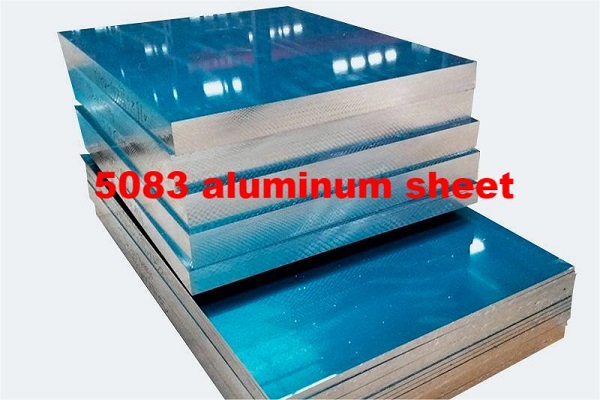
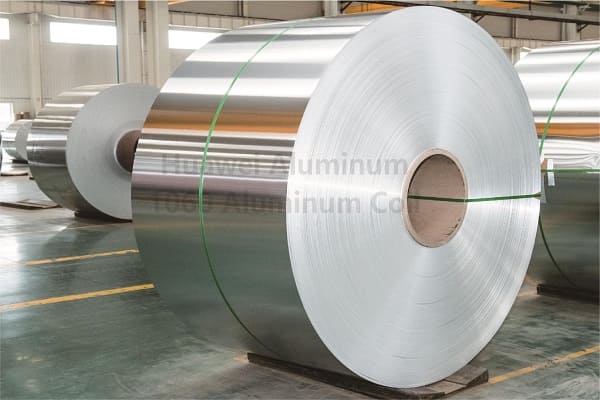
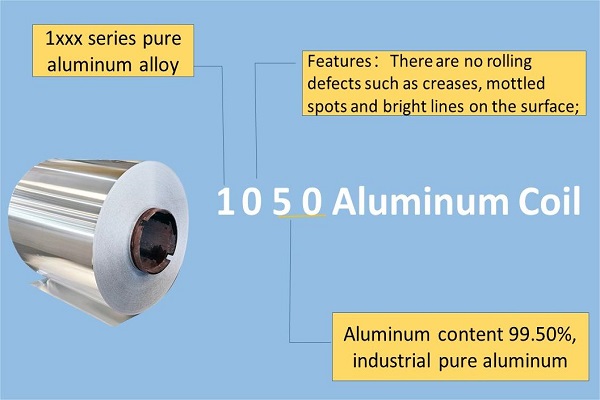
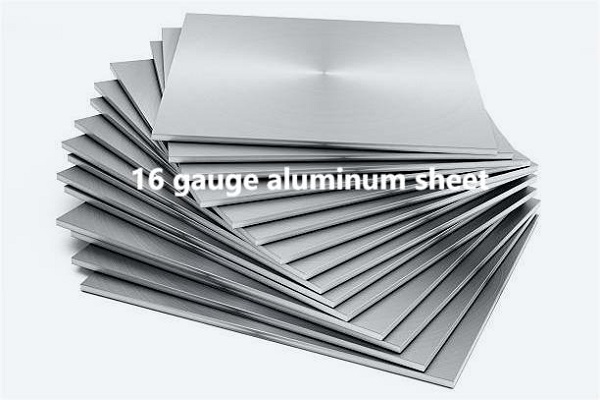


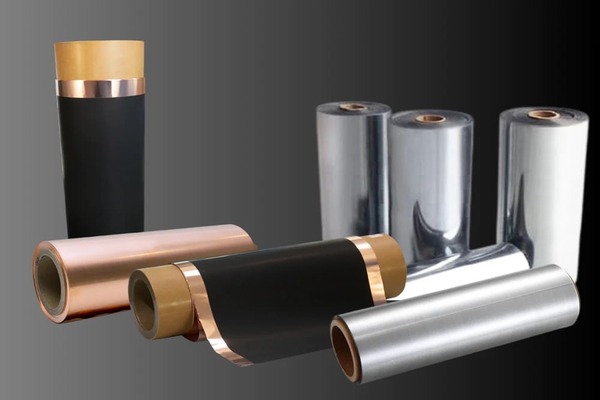
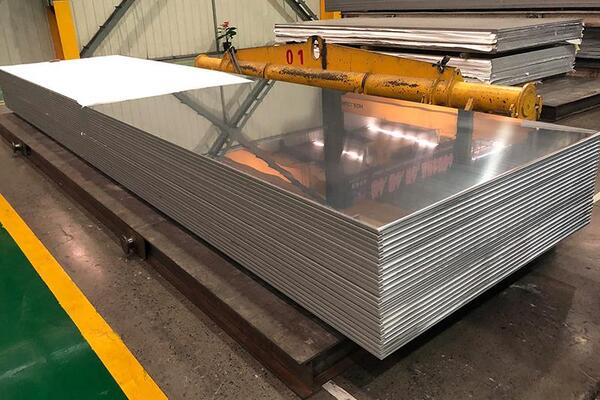
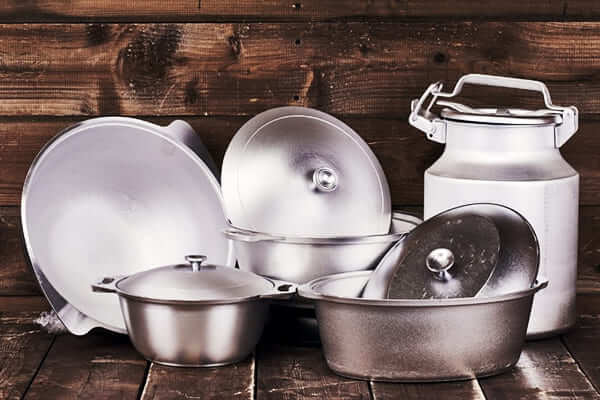
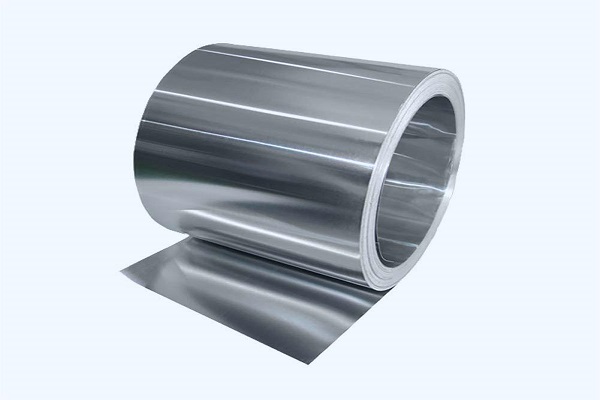
Leave a Reply